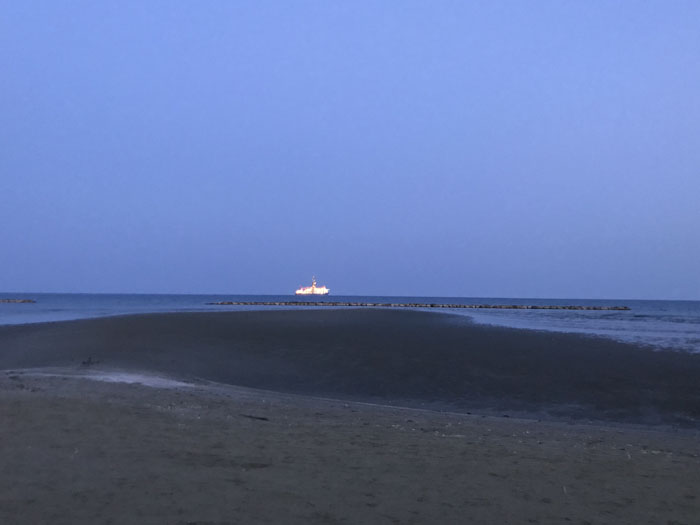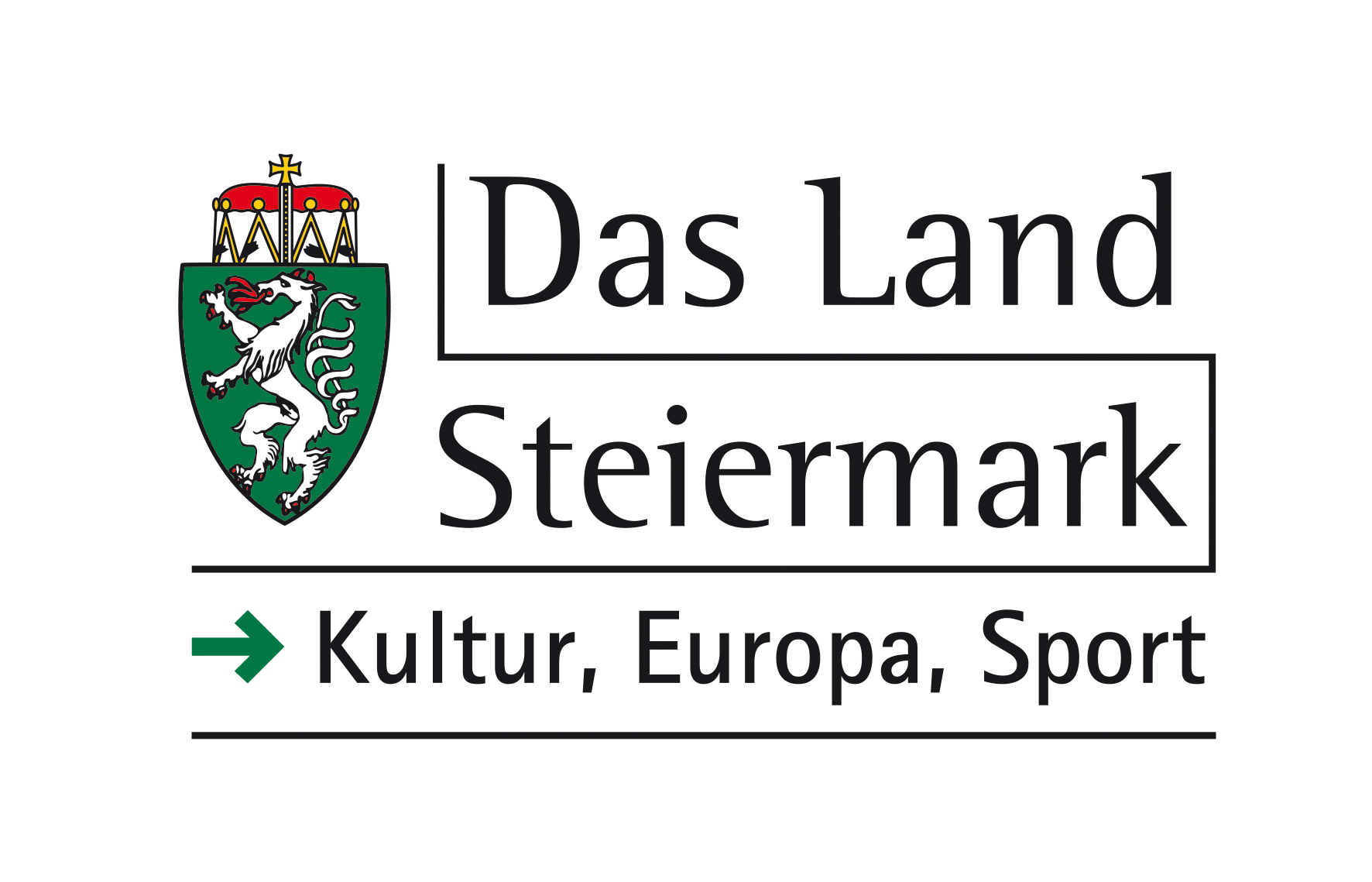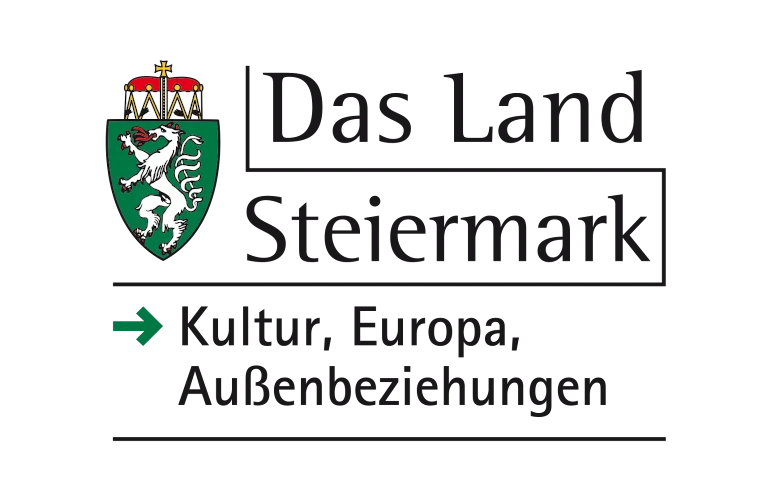Essay
by Viktoriia Grivina

In the early autumn of 2021, I repeated my old childhood route from Kharkiv to the sea of Azov. There, in the lazy silence of Schastlyvtseve (The Lucky Village) as the holiday season was rolling to its close, I felt a tremendous moment of quiet before the storm.
September sea along the thin land strip of the Arabat spit was quiet and cold. My friend and I came on a bus at dawn, and, surrounded by a pack of stray and strangely menacing huskies (the most bizarre Stephen Kingian sort of danger I’d ever experienced), walked to the white ribbon of the beach. The Spit with its longest, but not necessarily cleanest, beach in Europe is covered in crushed shells, “rakushnyak.” Rakushnyak is ever present. Houses are built with it, and the ground is made of it, and my hair and lungs instantly filled with it too. The Spit stretches all the way to Crimea. In 2014, Russians, exercising the privilege of force and terror over the international community, occupied not only Crimea, but half of the Spit too. An elderly couple in the bus on our way here had asked the driver if they would be able to cross to “the Russian side.” The driver looked at them with a quiet understanding gaze of a psychiatrist dealing with a curious case, and agreed to drop the couple off at the last village on the Spit. An additional payment of 50 hryvnias was duly paid.
The Arabat Spit also known as Strelka (“arrow”) cuts the Azov sea from Syvash, a chain of shallow lagoons, filled with salt and all kinds of marine life: small Bychki fishes (“little bulls,” bony fish), Iglas (“needles,” pipefish) and tiny local shrimps, good enough when boiled with dill and a herb called soleros (salicornia). Everything is not what it seems: bychky are not bulls, iglas aren’t needles, and the shrimps are nothing like those in a supermarket. Soleros is the only thing that is what it is. “Sol” means salt, and “ros” — to grow. Like the crushed shells, soleros grows everywhere from Azov to the salty meadows of Syvash. You can taste it at a local restaurant of high cuisine, with balsamic vinegar and German Riesling. Or pick for free on the beach after swimming in the shallow Azov, then add to your tomato salad.
Growing up I spent every summer here with my grandpa who was rewarded by the Komsomolsk power plant with a seasonal managerial position at the plant’s holiday house. No one in our family knew what grandpa did as an employee of the power plant for the rest of the year, since the only qualification we knew he had was a teacher of arts and crafts. Such were Ukrainian 1990s, filled with wonder and salary payments in the form of Earl Grey tea that grandpa once extracted from the plant, making my dad drink it for a year despite my dad’s in-born dislike of bergamot.
The road from Kharkiv was a 10-hour adventure wrapped in boiling heat, smell of corn, freshwater crabs and chebureki (fried thin Tatar pies with meat), which every passenger felt the urge to buy on those roadside markets you could recognize from afar by beach towels swaying in the wind. A tiger, a naked lady and a dollar sign were the three most popular patterns of the towels. On the road back somewhere around Novomoskovsk well-rested workers of the power plant would also buy sets of painted enamel bowls, courtesy of the local enamel factory workers and their businesses on the side. Because grandpa always shook hands with the right people I could enjoy this adventure for free. In Komsomolsk my mom would put me on an overturned crate next to the driver, and on Azov grandpa would be waiting with a gigantic Kherson water-melon, to buy me out. I felt like one of those Cossacks who got captured and returned from the Istanbul slave traders after their families would pay the arranged price.
My wild summer would start then and there, melting in the sweet syrup of melons and peaches, the buzz of mosquitoes and the ever-lasting boredom of Azov. Unlike Crimea, which had always been too expensive for an honest family like ours, the Spit did not have much to offer to a wandering eye. It was just an endless beach with a lonely tree by the road, a herd of cows and an occasional farmer’s plane “kukuruznik” that sprinkled sun-bathers with mosquito poison. To my dad it was perfect. The most he’d spend would be a couple of hryvnias for my paprika crisps and strawberry cornetto ice-cream.
We’d waste time playing blackjack on the beach, using shells for money, and catching shrimps on Syvash with the lace curtain we’d take off the window in grandpa’s hotel room. Once a week we’d go “to the city” of Henichesk, and buy a huge meaty Pelengas fish (redlip mullet), to cook it on a barbecue with herbs and baby potato. And every evening I’d watch (for free, the courtesy of grandpa’s connections) the two films our hotel cinema had — Lion King and Ace Ventura. I knew them by heart.
My dad would sometimes drive from work for a weekend and take us to Crimea in his old white soviet car. We’d go through the Spit and all along the southern coast to Yalta and Alupka’s Vorontsov palace. I could hardly believe my eyes thinking that these mountains and beaches were “mine.” During my teenage years my rebellion was to abandon Azov for Crimea and hike with Kharkiv Polytechnic tourist club, sleeping in tents at the wild beaches, drinking sweet Massandra wine and jumping into the deep Black Sea from the rocks. Another impossible thing for the shallow shores of Azov.
I never got to visit the main Crimean festivals, the notorious Kazantip, or a more cultured Koktebel Jazz. It felt like something you could always do later. Like Donetsk or Luhansk. After 2014 Koktebel Jazz lost its home base of, well, Koktebel, and became a nomadic on- and off-event. And now in 2021 it was advertised as the last music happening of the holiday season.
My friend, who had been to the real Koktebel Jazz, was disillusioned already when we jumped off the bus. The first thing she noted, there was no music coming from anywhere. Everything but the wild husky pack seemed to sleep. We walked through the wind, squinting at the rising sun, and called our Airbnb host. A tall quiet woman in a beige headscarf greeted us by the tall gates. She didn’t mind us arriving five hours earlier, as we seemed to be the only tourists around. Having showed us the room, she walked off to the beach with her kids. I didn’t need to ask to know our hosts were Crimean Tatars. It wasn’t just about the headscarf. Only those who’ve lost a sea once can appreciate it.
*
Back in Crimea — when it was still mine before the 2014 — I once stayed at a former Tatar house too. My host was an old Russian woman whose husband had worked in a mine in Donbas, and received the house as a thank you from the Soviet government. After 1944 the peninsula was subjected to massive resettlement, where you mostly had to be ethnically Russian to have the right to move in. Ukrainians weren’t welcome, though, also not persecuted for visiting. Unlike Krymchaks (one of the names of Crimean Tatars) who were banned from the peninsula until 1989. The house was situated straight on the territory of the national park, and I stayed in a wing, built apparently for the household animals, but still sturdy enough. The well in the garden was dry — not many Russian settlers knew how to take care of natural springs as they would often come from very different landscapes, therefore the situation with water in Crimea had been slowly deteriorating since 1940s. I would always get “the second-day food poisoning,” a reward for forgetting to not cook with water from the tap. When asked, my elderly host preferred to keep silent about the original owners of the house. Soviet people, taught by the system, never liked Krymchaks. I often wondered afterwards, if, like many, she’d met the descendants of the owners, if they ever knocked at her door in the 1990s, showing old photographs, asking to look around. Soviet settlers tended to treat Tatars with aggression coming, very understandably, from guilt.
In Shastlivtseve our hosts’ house, pool and a chain of motel-like rooms were clean and freshly painted. Only poisonous spiders that we brought in the bouquets of wildflowers would sometimes pop up on my bed, making me scream in surprise.
Koktebel Jazz was a pale shadow of its normal self, my friend would admit. The holiday season over, trucks with ice-cream and cold beer were shutting down, and the evening shows on the beach featured three moderately drunk men in their 50s feeding cats on an empty dance floor by the stage. Algae, wind and seagulls were taking over the vast emptiness for the winter. On the second day of the festival we walked to the Pink Lake instead. A family looking for the lake picked us up, even though we didn’t hitch-hike specifically. “We all here need to help each other,” the father at the driving seat said. He used to spend summers in Crimea as a child. Now Azov became the main place for his three kids.
Driving back from the Spit a day later, I looked at the Syvash lagoon, trying to imagine how salt merchants of the eighteenth century, “chumaks,” dried salt along the coast, and took dangerous summer rides through the wild steppes teaming with nomadic criminal squadrons, to sell salt and bring prosper to their villages. There’s a town called Valky in my region — named after a cart filled with chumak salt.
I was coming back to Kharkiv with bouquets of soleros instead. Azov was quiet, sleepy, ready for the winter, as if my last look at its waters sealed it for the next time. But also, somehow, the atmosphere was alert, somehow irrationally nervous. The feeling that half of the Spit was occupied, and that there, after a certain line we used to drive through every summer, now Russian soldiers stood their guard, brought ominous thoughts. As if I could hear those soldiers speak between one another in the distance. I lay sleepless during the nights, listening to the dark.
A friend who was driving from the Black Sea picked us up in Melitopol on the way back. Like mine, her stories were both cheerful — a surfing weekend — and sad — stories of persecuted Crimeans she was working with. We stopped by the museum of Melitopol, a beautiful 1913 mansion hidden behind white poplars. We walked around the garden and the collection of Scythian gold. Our guide said they’d won Ukrainian Cultural Fund Grant and were expecting for the restoration to begin. The gold is now looted and — like in ancient times — taken to the centre of the empire, with the director Leila Ibragimova kidnapped. I don’t know if it has to do with Leila being Crimean. But I’m grateful that I saw this island of southern Ukrainian culture before, even if I know I’ll see it again.
It was a strange feeling, of hope and silence when we returned to the highway. I did not want to abandon it. As if, leaving, we were calling for winter to come. A sign showed the Stone Grave national reserve on the right. Our friend said she had always wanted to have a look. Why not, we answered, and drove into the hot steppes of Zaporizhia. The Stone Grave is a natural arrangement of large stones used for thousands of years by a variety of tribes for rituals and other unknown purposes. The natural reserve is a sandy terrain, and many Scythian and Polovets idols, called Babas, have been brought here from the surrounding ancient burial sites — kurgans. Kurgans pop up in the steppes from the Black Sea all the way to Kharkiv. Ukrainian warrior Cossacks considered them the graves of their ancestors and stopped to pray to Babas. Today these idols are under protection of the government. Walking along the Stone Grave I felt like an actor of the Star Wars movie, it was a space-like kind of a landscape. Tiny vipers skirted gravel paths under my feet. But I wasn’t scared. There are places where rationale halts.
There are such times too. I had dreamt of the Stone Grave for a week before the new Russian invasion began. In my dreams I walked between the stones, and the sea of Azov, like an overturned mirror, looked at me from above.
In February the Russian army occupied the Spit, bizarrely erecting the statue of Lenin in Henichesk. The last thing I heard about Shastlivtseve village was that someone tore the Russian flag off the village council and put the Ukrainian back. The news was shared by the Crimean Tatar Facebook community.
Every day the war was stepping closer — I read about the ancient Stone Grave in the news in March, a missile fell into the debris of the sandy ground. The lands around the Grave have been now covered in Russian mines. Melitopol museum was looted and bombed.
The war stepped closer — to my home region of Kharkiv, which I returned to on that late and hot September evening. The war came to the stone babas on the mount Kremenets, their empty eyes overlooking the town of Izium down in the valley. The house of my cousin’s aunt stands there as silent as the emptiness we hear in the receiver when trying to dial familiar numbers — we haven’t heard from them since March 2.
The war came closer to my home city of Kharkiv — to the old Ukrainian fortress of Chuguiv, the home of “a famous Russian painter” Illya Repin, who was born into an old cossack family and grew up painting churches along the tall grassy banks of Donets river. On February 24 one of the first Russian missiles hit the Aviator district, and my other cousins threw their children in the car and drove through the night filled with sirens and fire, never looking back.
The war came closer — to the “East Village” (Vostochny) in the outskirts of Kharkiv to the house where I grew up, when my parents called and, trying not to sound alarming, mentioned a missile that landed on the driveway behind their car, and the chipped glass from the nearby windows littering the fresh layer of the recently renovated tarmac.
It then broke into central Kharkiv, to the crossroads of Science Avenue and Culture street, the street on which Ukrainian writers’ house was shelled. A couple of streets from where I’d been dropped off in the early September 2021, with a bouquet of soleros and an enormous Kherson water-melon in a tote bag. The war came to the apartment where I’d walked into after my trip to Azov. The apartment where that warm September night we ate the water-melon with prosecco, and where the bouquet of soleros still hangs from a nail on a balcony. Volunteers were living there, and now it is empty, as my friends and I are trying to assemble our lives elsewhere, in hope we would return.
The war came into my body on February 24, when I started trembling and never stopped, and still, sometimes, shake suddenly, and objects fall out of my hands. I sit on the floor and let myself shake every once in a while, like a stalk of soleros, waiting for the land to stabilize. It happens when Kharkiv is being shelled, and my dad won’t answer the phone. I wake up from explosions in my dreams, or a message of another bombed museum. I wake up and try to find the news about Henichesk, the occupied Arabat Spit, about Krymchaks. It’s not a flashy topic. I now return to Azov in my mind, and miss its beautiful boredom. Among the fears of its extinction, the mines and soleros disappearing, I want to know there is a place that looks exactly like it was yesterday when my grandpa bought me out with a Kherson water-melon.
***
More on Crimean Tatars:
1. Crimean Tatar Resource Centre
2. Eve Conant, "Behind the Headlines: Who Are the Crimean Tatars?" in: National Geographic (2014)
Appeared in Issue Fall '22
Nationality: Ukrainian
First Language(s): Ukrainian
Second Language(s):
English
Das Land Steiermark

Listen to Viktoriia Grivina reading "My Azov Sea":
Supported by:


Comments on "My Azov Sea"
Please log in to submit a comment.
Login